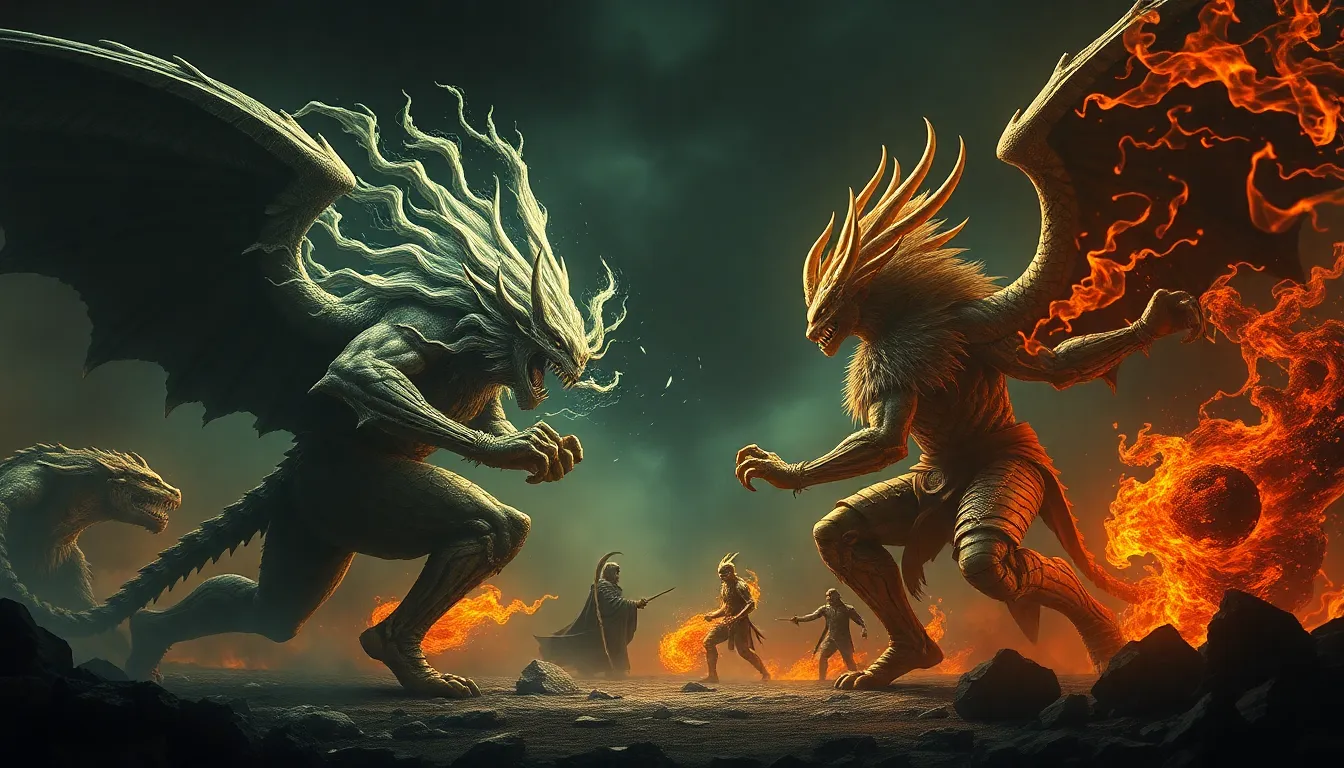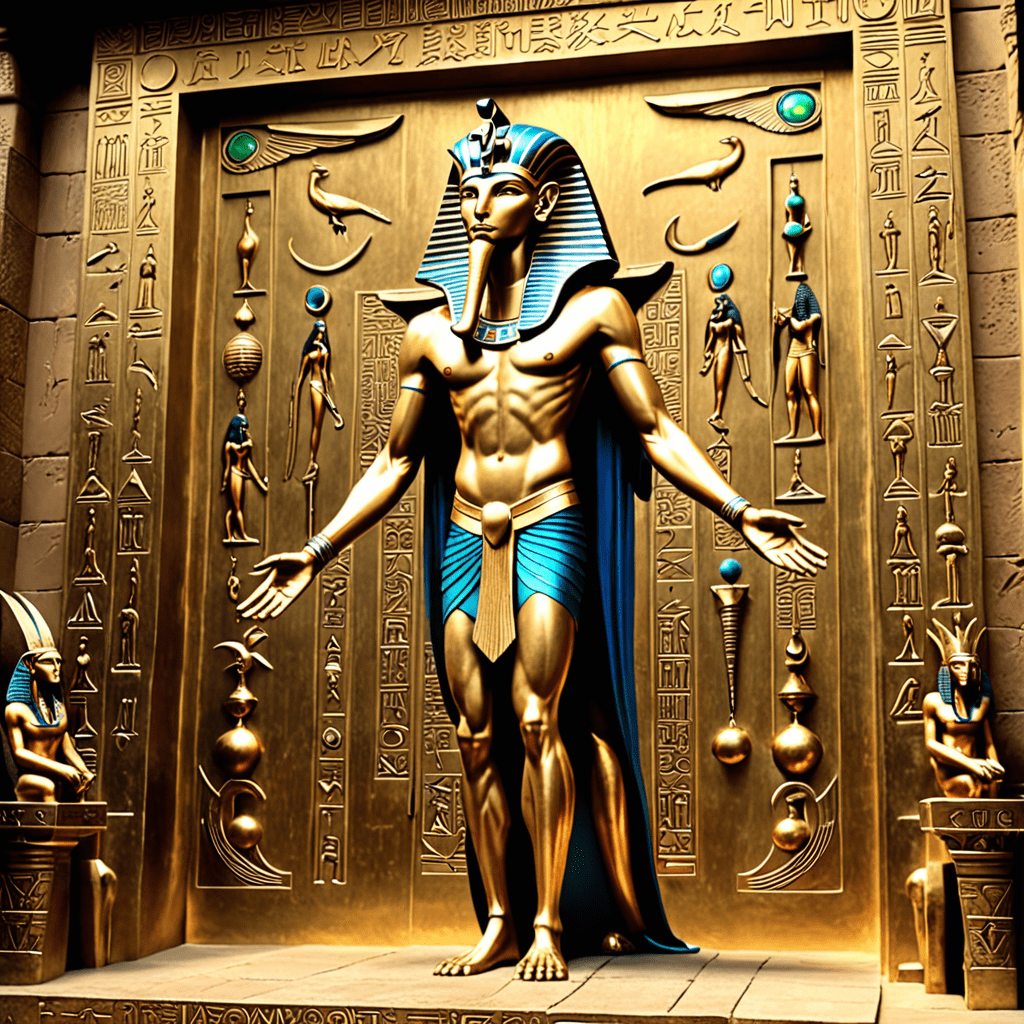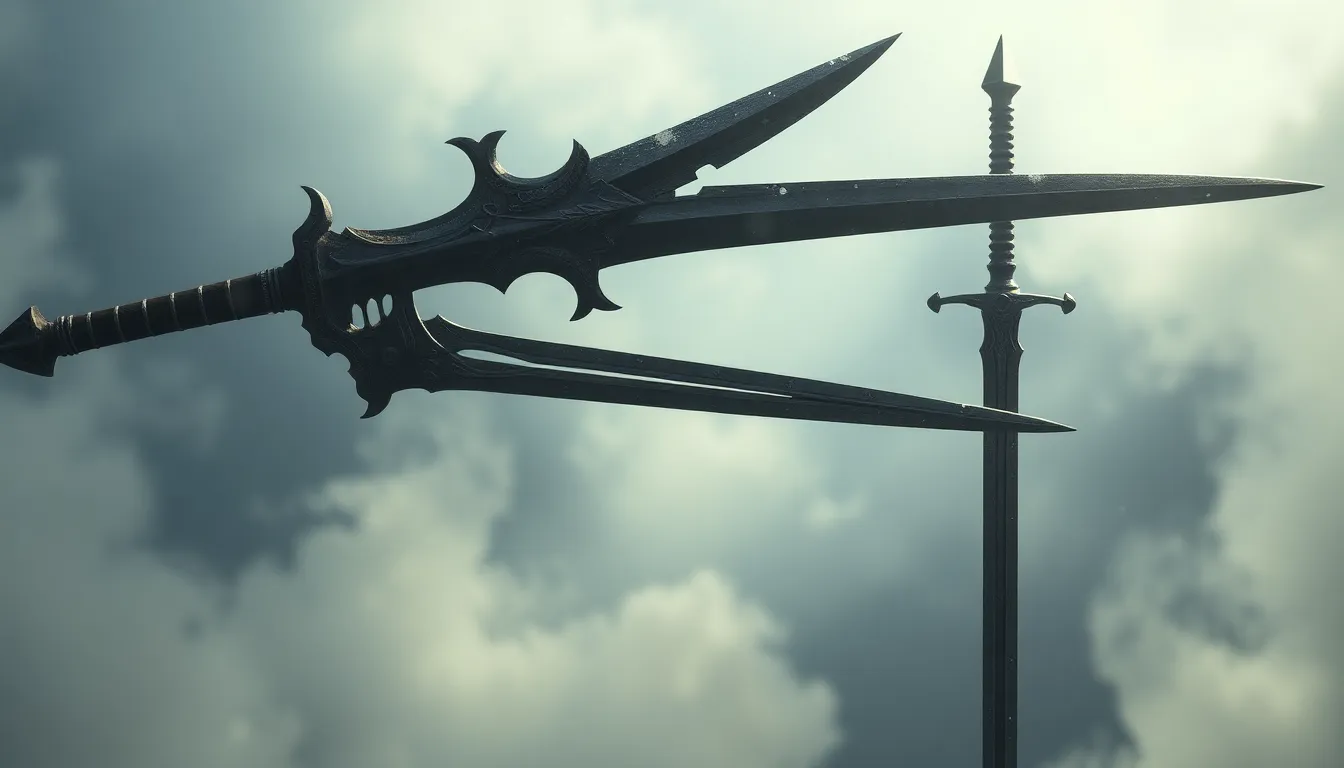The Hwarang: Korea’s Elite Warriors
The Hwarang were a group of elite warriors and young noblemen who served the Silla Kingdom in ancient Korea, from the 1st to the 9th centuries. They were known for their martial prowess, military leadership, and strong moral character, embodying the ideal of a true warrior. The Hwarang were trained in various disciplines, including swordsmanship, archery, horseback riding, and strategy. They were also expected to be well-versed in Confucianism, Buddhism, and other philosophies, making them not only skilled fighters but also intellectuals.
The Hwarang were more than just soldiers; they were also seen as role models for Korean society. They were admired for their courage, loyalty, and dedication to their country, inspiring generations of Koreans with their noble virtues. Their influence extended beyond the battlefield, shaping the social and cultural landscape of ancient Korea.
The Mythological Origins of the Hwarang
The origins of the Hwarang are shrouded in myth and legend. Some tales attribute their creation to the legendary king, Park Hyeokgeose, who founded the Silla Kingdom in 57 BC. According to legend, Park Hyeokgeose, while searching for a suitable location for his capital, encountered a divine white horse that led him to a sacred mountain. He established his kingdom there, and his descendants, the Park clan, continued to rule Silla for centuries.
The legend of the Hwarang's origins often features the theme of divine intervention and spiritual guidance. It is said that the Hwarang were chosen by the gods to be guardians of the Silla Kingdom and protectors of the Korean people. Their training and initiation rituals often involved spiritual practices and ceremonies, reinforcing their connection to the divine.
The Sword Dance as a Ritualistic Performance
The Hwarang Sword Dance was more than just a display of martial arts skills. It was a significant ritualistic performance rooted in Korean mythology and spirituality. It was believed to be a way to connect with the spirits of the ancestors, harness the power of nature, and seek divine guidance. The dance incorporated specific movements, formations, and symbolic gestures that reflected the Hwarang's beliefs and values.
The sword dance was often performed at important ceremonies and festivals, such as the harvest festival and the ancestor worship rituals. It was believed that the dance could bring prosperity, good fortune, and protection to the Silla Kingdom. The Hwarang would perform the dance with intense focus and precision, showcasing their physical and spiritual strength.
The Significance of the Sword Dance
The Hwarang Sword Dance played a crucial role in shaping the identity and values of the Hwarang. It was a way for them to demonstrate their loyalty, discipline, and courage. The dance was also a means of transmitting knowledge and skills from one generation to the next, ensuring that the Hwarang tradition would continue.
The sword dance represented the Hwarang's dedication to their country and their willingness to sacrifice themselves for the greater good. It was a testament to their belief in the importance of honor, duty, and justice. The Hwarang Sword Dance was a powerful symbol of the Hwarang's commitment to upholding the ideals of Korean society.
The Hwarang and the Spirit of the Sword
The sword was a central symbol in Hwarang culture, representing both physical power and spiritual strength. The Hwarang believed that the sword was not merely a weapon but a tool for self-cultivation, discipline, and enlightenment. They saw the sword as an extension of their will and spirit, a reflection of their inner strength and resolve.
The sword dance was a way for the Hwarang to connect with the spirit of the sword and to cultivate their own inner strength. They believed that by mastering the sword, they could achieve a higher state of consciousness and become more attuned to the divine. The sword dance was a physical manifestation of their spiritual journey, a dance of both the body and the soul.
The Techniques of the Hwarang Sword Dance
The Hwarang Sword Dance featured a series of intricate movements and formations, each with its own symbolic meaning. The dance was performed with precision and grace, emphasizing both power and control. The Hwarang used a variety of swords, including the traditional Korean sword, the "geom," and the longer, double-edged sword, the "hwan."
The dance involved a combination of swift, powerful strikes, graceful flourishes, and intricate footwork. The Hwarang would often perform the dance in pairs, their swords clashing in a mesmerizing display of skill and coordination. The dance was also known for its use of symbolic gestures, such as the "dragon dance," which represented power and strength, and the "phoenix dance," which symbolized grace and elegance.
The Symbolism of the Sword Dance
The Hwarang Sword Dance was rich in symbolism, reflecting the Hwarang's beliefs and values. The sword itself represented both physical and spiritual power, symbolizing the Hwarang's commitment to justice, honor, and loyalty. The dance movements also held specific meanings:
- Swift movements: Symbolized the Hwarang's speed and agility in battle.
- Powerful strikes: Represented their strength and determination.
- Intricate formations: Highlighted their discipline and teamwork.
- Graceful flourishes: Reflected their elegance and control.
The sword dance was a powerful visual representation of the Hwarang's ideals and a reminder of their dedication to serving their country.
The Hwarang Sword Dance in Modern Korean Culture
The Hwarang Sword Dance remains an important part of Korean culture today. It is often performed at traditional festivals, ceremonies, and cultural events, captivating audiences with its beauty and power. The dance has also been incorporated into modern Korean art, literature, and film, keeping the Hwarang legacy alive.
The Hwarang Sword Dance is also a popular subject of study in Korean martial arts. Many martial arts schools and practitioners draw inspiration from the dance's movements and techniques, incorporating them into their training regimens. The dance serves as a reminder of the rich history and traditions of Korean martial arts and the importance of discipline, strength, and control.
The Legend of the “Sword of the Hwarang”
One of the most famous legends associated with the Hwarang is the story of the "Sword of the Hwarang." This legendary sword was said to be forged by a legendary blacksmith and imbued with supernatural powers. It was believed to grant its wielder strength, courage, and the ability to defeat any enemy. The sword was said to be passed down from generation to generation of Hwarang, symbolizing the continuity of their tradition and their unwavering commitment to protecting their country.
The legend of the "Sword of the Hwarang" is a testament to the enduring power of myth and legend in Korean culture. It reflects the Hwarang's belief in the importance of spiritual power and the divine connection between humans and the supernatural.
Theories on the Influence of the Hwarang Sword Dance on Korean Martial Arts
Some scholars believe that the Hwarang Sword Dance played a significant role in the development of Korean martial arts, particularly those involving swords. The dance's movements and techniques may have influenced the development of swordsmanship styles, such as the "Geom-do," or Korean swordsmanship.
The emphasis on both physical and spiritual strength in the Hwarang Sword Dance may have also influenced the development of Korean martial arts philosophies, which often emphasize the importance of discipline, self-control, and inner strength. The dance, therefore, may be considered a precursor to modern Korean martial arts, serving as a source of inspiration and tradition.
FAQ
What is the Hwarang Sword Dance?
The Hwarang Sword Dance was a ritualistic performance of ancient Korean warriors, known as the Hwarang. It involved intricate movements, formations, and symbolic gestures that reflected their beliefs and values, showcasing their martial prowess and connection to spirituality.
Why is the Hwarang Sword Dance significant?
The Hwarang Sword Dance is significant because it represents a critical aspect of Hwarang culture, their commitment to their country, and their dedication to honor, loyalty, and justice. It also played a role in shaping the identity and values of the Hwarang, transmitting knowledge and skills across generations.
How has the Hwarang Sword Dance influenced Korean culture?
The Hwarang Sword Dance continues to inspire Korean culture today, featured in festivals, ceremonies, and cultural events. It also influenced the development of Korean martial arts and serves as a reminder of the rich history and traditions of Korean martial arts.
What is the "Sword of the Hwarang"?
The "Sword of the Hwarang" is a legendary sword said to be forged by a legendary blacksmith, imbued with supernatural powers. The sword symbolizes the continuity of the Hwarang tradition, their unwavering commitment to protecting their country, and the importance of spiritual power in Korean culture.
Did the Hwarang Sword Dance influence Korean martial arts?
Some scholars believe it did. The dance's movements and techniques may have influenced the development of swordsmanship styles, such as the "Geom-do," or Korean swordsmanship, and the philosophy behind Korean martial arts.




